In this large composition, Louis Appian displays the full refinement of his landscape sensibility. The scene depicts a rocky cove on the shores of Lake Geneva, near Yvoire in Haute-Savoie. In the foreground, a lateen-rigged boat rests on the pebbled shore. In the distance, the wooded bank rises toward a village dominated by a Romanesque bell tower, identifiable as that of Yvoire, its silhouette standing out against the clear sky.
The sunlit rocks, lakeside vegetation, and shimmering reflections of the water convey with delicacy the soft, misty atmosphere of Lake Geneva. Heir to the luminous touch of his father, Adolphe Appian, Louis here asserts an already personal vision, marked by a quest for harmony and atmospheric truth.
Born in Lyon in 1862, Louis Appian grew up in a privileged artistic environment. A pupil of Michel Dumas at the École des Beaux-Arts in Lyon, then of Cabanel in Paris, he soon showed an independent temperament in contrast to academic rigor.
By the 1880s, he had reached a certain maturity: mastering his technique, distancing himself from his father’s style, and developing a personal language characterized by refined atmospheric sensitivity. His promising career was tragically cut short; struck by tuberculosis, he died prematurely in Lyon in 1896, at only 34 years of age.


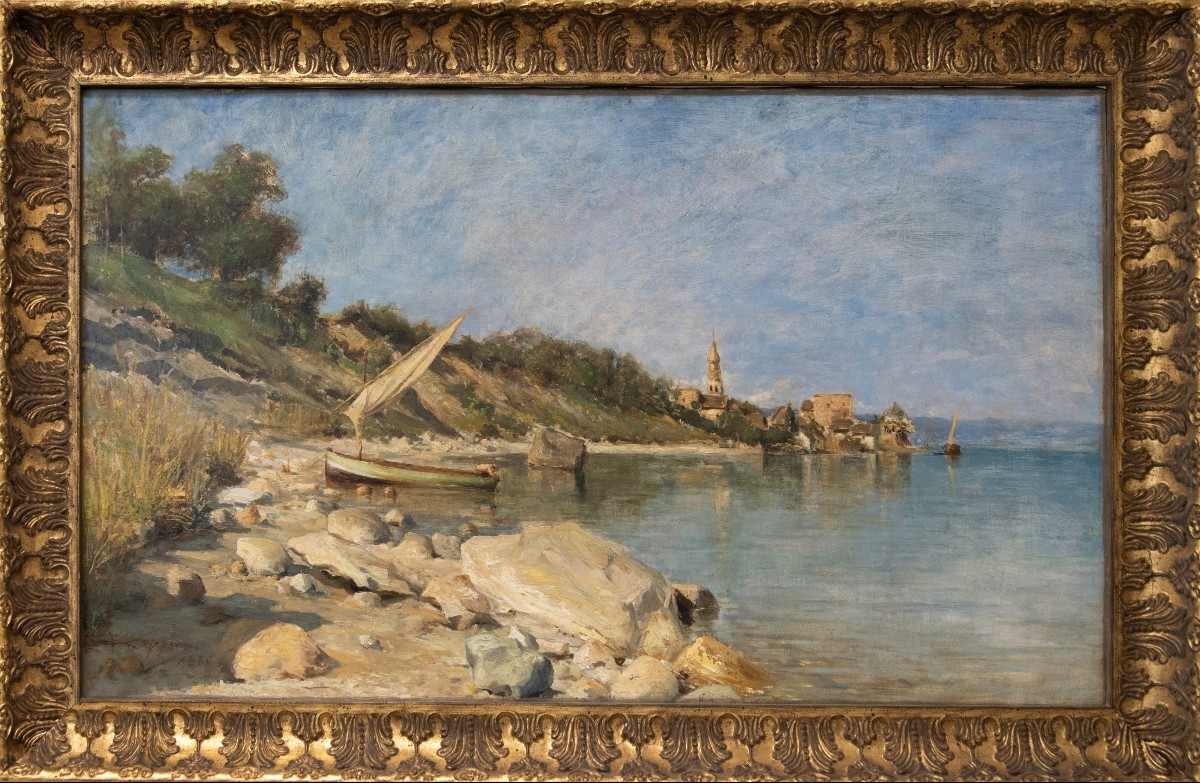




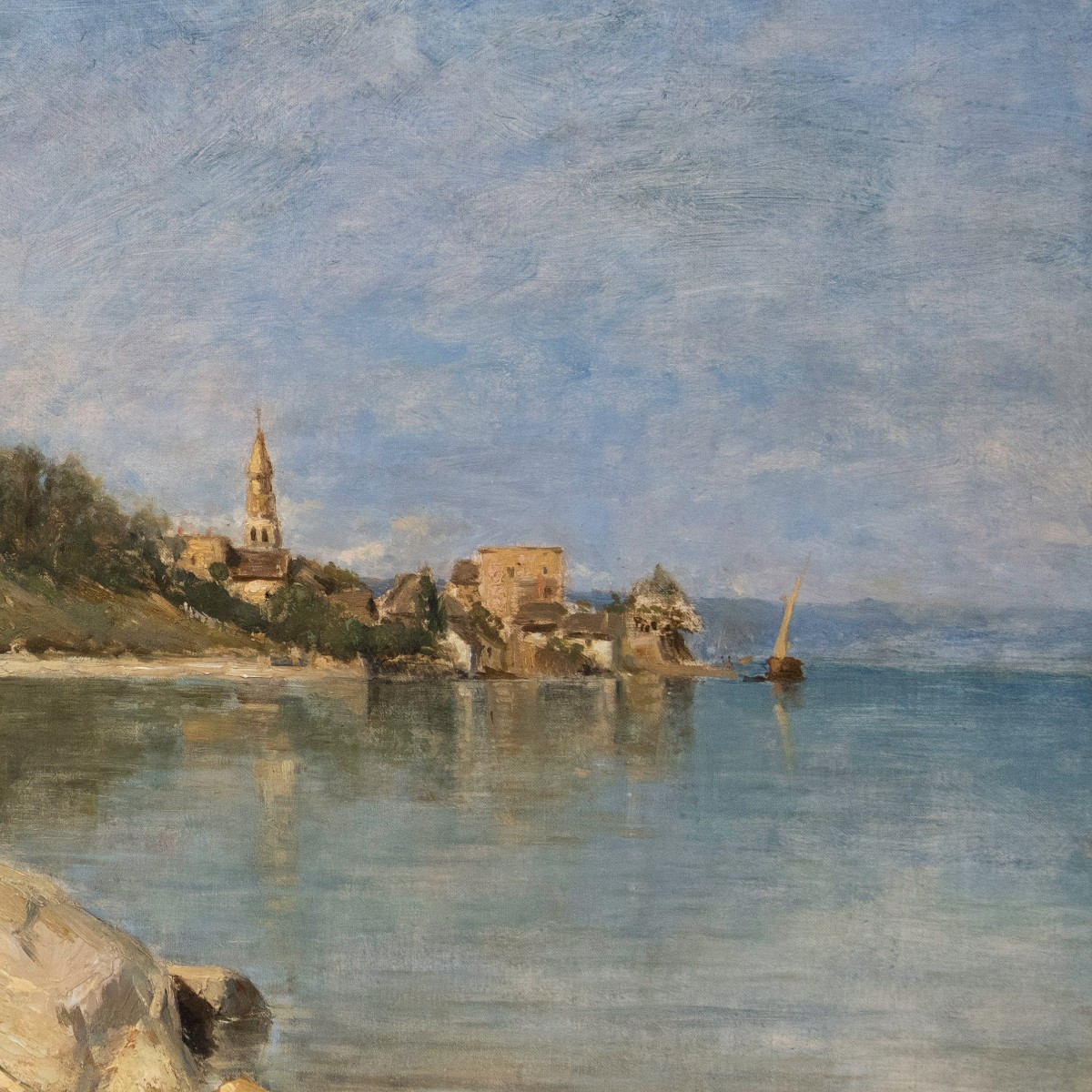







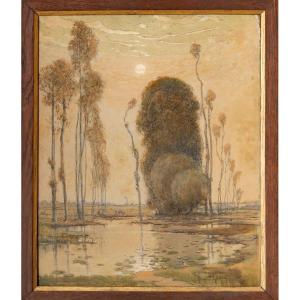
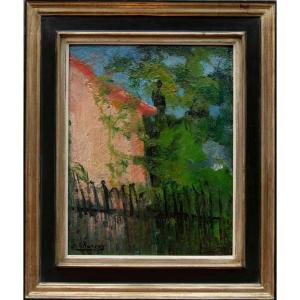



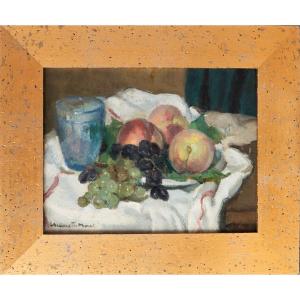

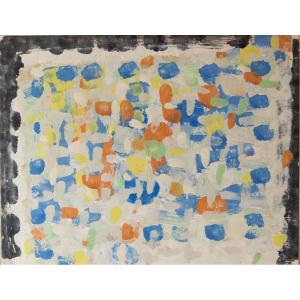


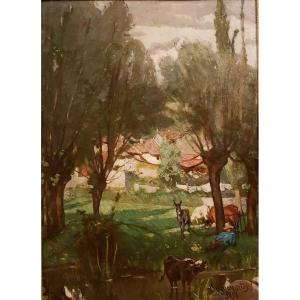

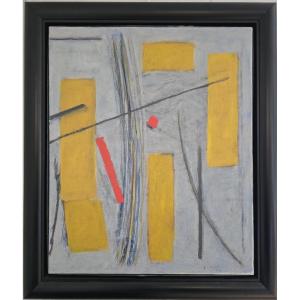



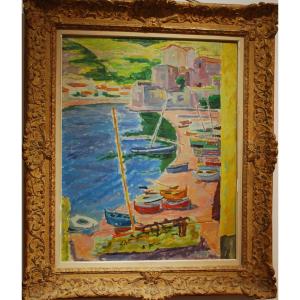

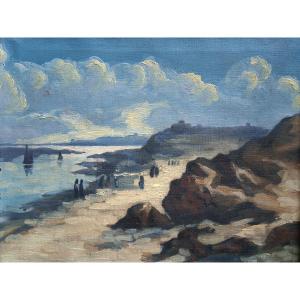
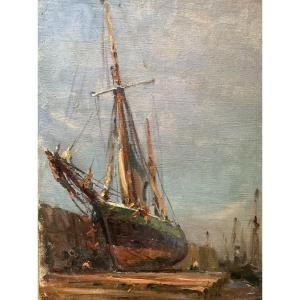



 Le Magazine de PROANTIC
Le Magazine de PROANTIC TRÉSORS Magazine
TRÉSORS Magazine Rivista Artiquariato
Rivista Artiquariato